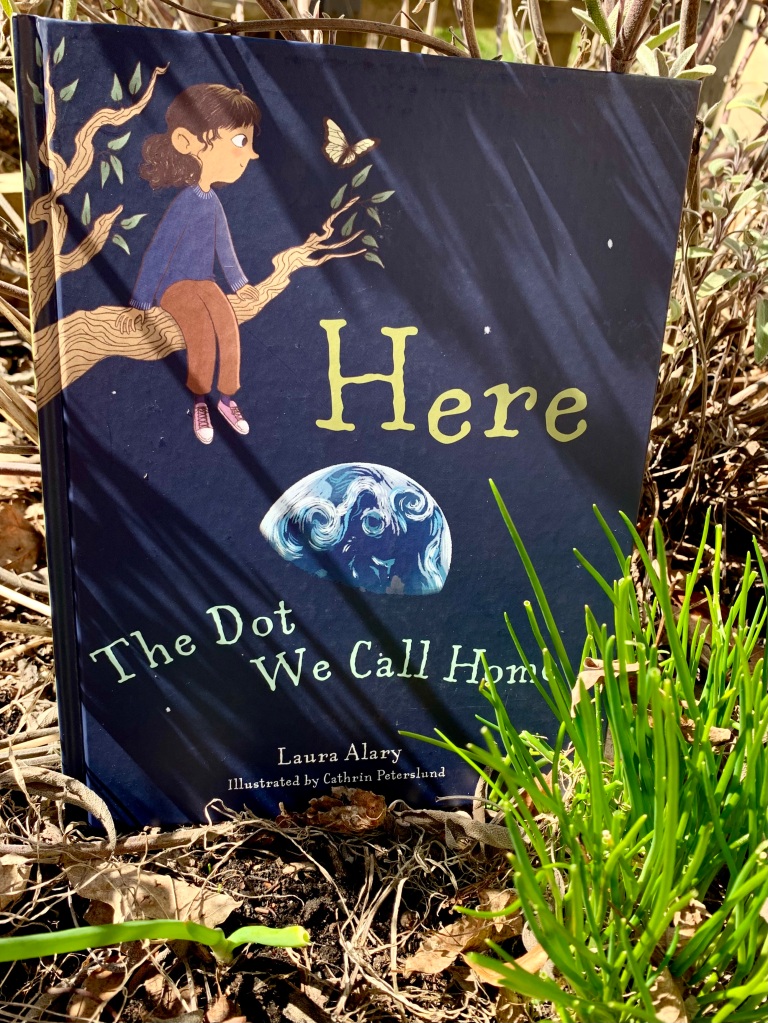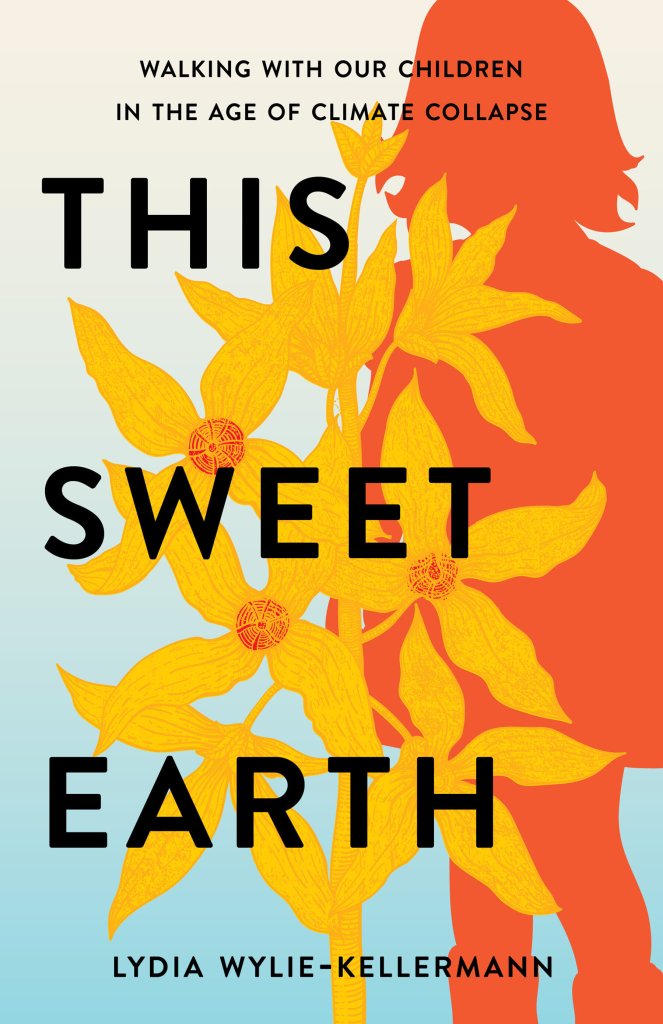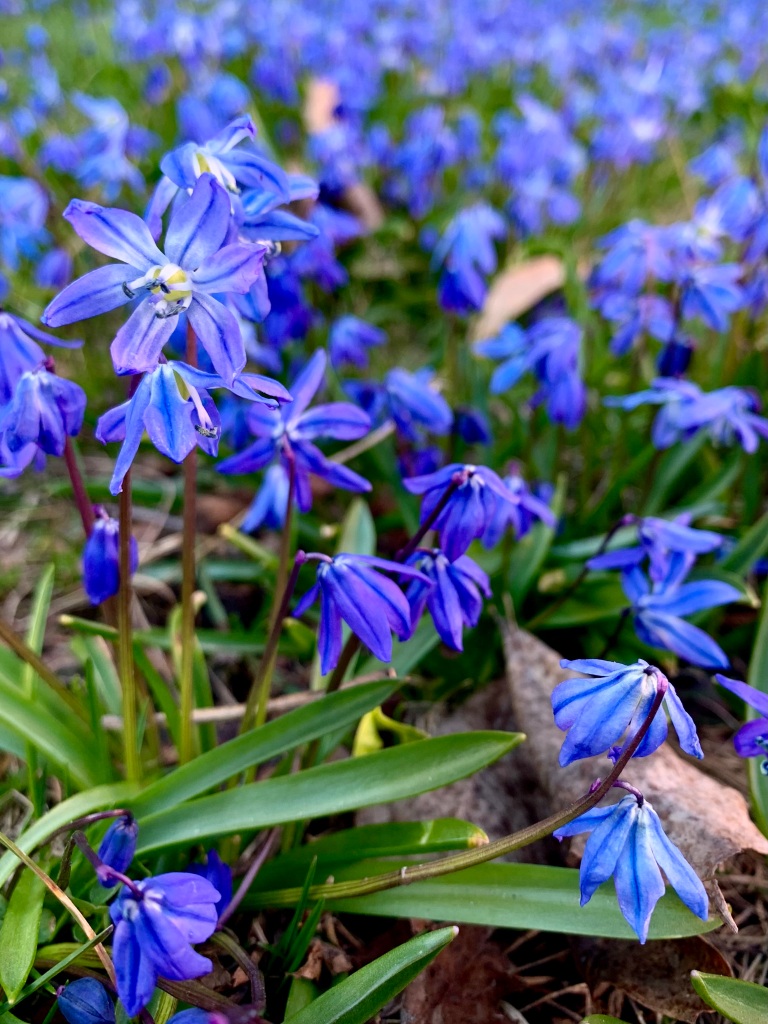
I saw my first robin of the spring this past weekend. On the same day, I also realized that all the tomato seeds I had carefully collected and packaged last season are still languishing in a drawer because I forgot to start them indoors. Regret (and some guilt) over my lapse in tending to my little patch of the planet is mingled with gratitude that spring comes anyway.
Of course, some of our lapses have greater impact than others. The changes human beings have brought about on our planet and environment are profound. They will will affect us socially, economically, and spiritually in ways we cannot yet fully imagine. Some days this plunges me into a state of grief and despair. Other days, I am open to a particularly kind of hope–not hope that denies the reality of our predicament, but the sort that asks, “What if we get it right?” That is, even if we cannot stop or reverse the effects of climate change, what if enough of us use this crisis as an opportunity to build healthier communities? I owe this line of thinking to Lydia Wylie-Kellerman’s new book, This Sweet Earth: Walking with our Children in the Age of Climate Collapse. I had the honour of reading an advance copy and writing an endorsement. This is what I had to say:
“Reading This Sweet Earth made hold my breath, then release it in a slow sigh of relief as my fears for the future were named openly. In this truthful and intimate meditation, Wylie-Kellerman leads us through grief and lament into a space of imagining how—whatever comes—we might choose to nurture communities of reciprocity where we are and learn to thrive with less. This book left me feeling both calmer and braver, conscious that there is alternative to the terrifying alternative of hunkering down behind walls and hoarding possessions. I am grateful for this different kind of hope.”

Speaking to children about climate crisis is particularly difficult because it demands honesty combined with sensitivity to what they can bear to hear. This blend of truth-telling and hopefulness was part of the conversation I had last summer with Wilson Dickinson, author of Singing the Psalms with my Son: Praying and Parenting for a Healed Planet. Hosted by Derrick Weston of Creation Justice Ministries, we talked about the power of storytelling and ritual as a way of shaping an alternative vision for the future. You can listen here.
When I speak with children about my book Here: The Dot We Call Home, I am always careful to conclude with hope, because I have come to believe that hope (in the sense of openness to that alternative vision) lies at the root of positive action. Here are a few things I encourage children to remember. They may be helpful for grownups too, especially as you have your own conversations with young people dear to you:
First, start where you are. When a job feels too big, break it down into pieces. Problems like pollution and climate change are too big for any one of us to face alone. So choose one place–a place that matters to you. Imagine how you could help care for that place.
Second, you are not alone. People all around the world are working hard to find solutions to the problems our earth faces, and when humans put their minds to something they can be very creative. There are good news stories out there: hearing and sharing them helps us hope. So does doing things together. When we work with other people, we feel stronger and less alone. One of the ways I gather hope and inspiration for positive change (including thinking more deeply about toilet paper than I ever imagined!), is by subscribing to Sari Fordham’s excellent newsletter, “Cool It: Simple Steps to Save the Planet.”
Finally, get to know and love our earth. When you love something, you want to take care of it, but it’s hard to love what you don’t know. Whenever you can, go outside. Look at the shapes of leaves, the colours of flowers, the patterns of shadows. Touch the bark of trees and see how it feels. Look at things up close, or upside down! Close your eyes and notice what you hear and smell. You could write a letter to Mother Earth, thanking her for all her gifts. Or write a letter from Mother Earth to all the earthlings. Imagine what the Earth would want to say to us. Read a Psalm that celebrates the beauty of creation, or write your own poem. Make art using things you find, like stones and leaves and shells. For more ideas see the Discussion Guide for Here, available as a free download from Paraclete Press.

Sometimes, when I am feelings sad or overwhelmed, I go out and hug a tree. I say, “You are doing a great job, cleaning the air, giving shade, making a home for birds and bugs and squirrels. I see you and I love you.” You can do it too. Remember that you are part of the earth, along with every living thing. Find what you love: a place, an animal, a tree. Let that love guide you and show you what you can do to help. Start here.
Happy Earth Month.


1 thought on “Here: Thoughts for Earth Month”